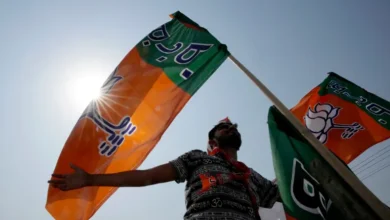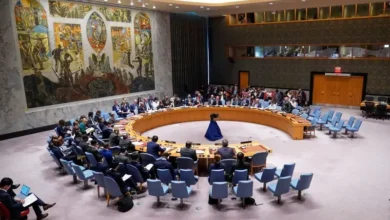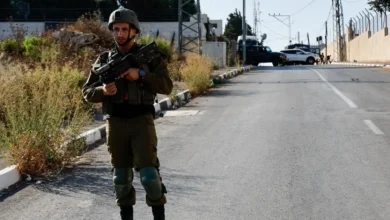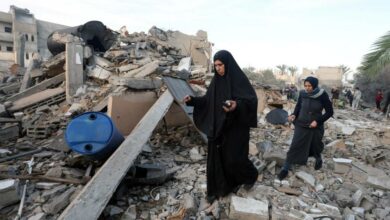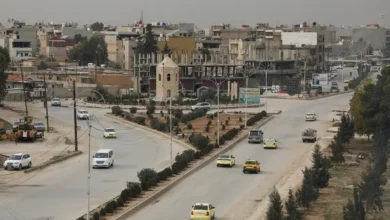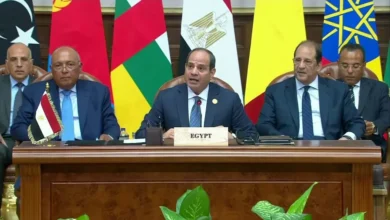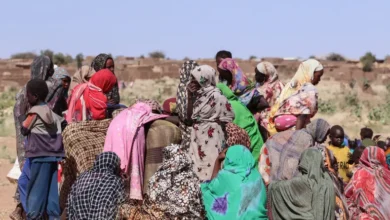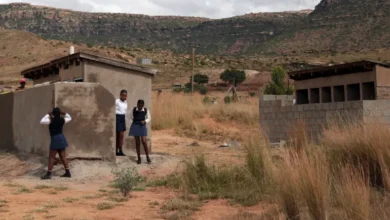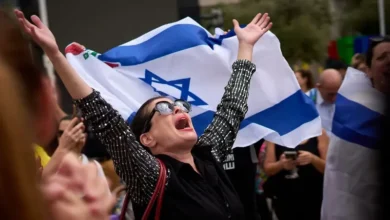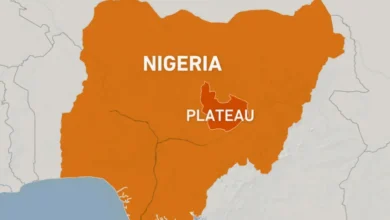Mapping Israeli protests since October 7
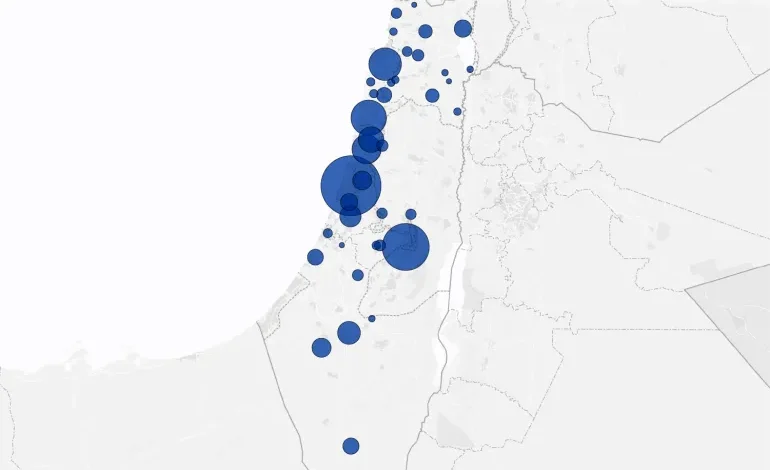
Large-scale antigovernment protests are continuing across Israel as pressure grows for Prime Minister Benjamin Netanyahu to secure a ceasefire deal in Gaza.
On Monday, Israel’s largest trade union called for a general strike after the military recovered the bodies of six Israeli captives in southern Gaza.
This week’s demonstration marks some of the largest protests Israel has seen, with an estimated 500,000 people gathering in Tel Aviv and other cities.
Protests on the rise since October 7
According to data compiled by the Armed Conflict Location and Event Data Project (ACLED), between October 7, 2023 and August 30, there have been at least 1,240 demonstrations across Israel and they are becoming steadily more frequent.
Of the demonstrations analysed, fewer than 20 were classed as nonpolitical by ACLED.
Why are protests taking place?
Before October 7, protests were centred around the government trying to impost its power over the judiciary, which critics say helped Netanyahu avoid corruption charges.
Since October 7, nearly 86 percent of demonstrations have been due to the Israeli war on Gaza, with protesters calling for a ceasefire deal with Hamas to release the captives held in Gaza.
At least 494 protests have been directed against Netanyahu’s government, demanding early elections, largely due to its handling of the war.q
Forty-eight protests were against including ultra-Orthodox Jewish men in the mandatory national military service.
Thirteen protests focused on restoring security to areas under attack by Hezbollah amid the ongoing escalation across the Israel-Lebanon border.
